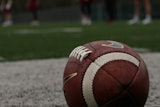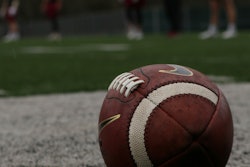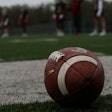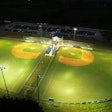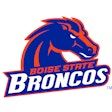Facility owners and operators have a duty to exercise reasonable care in the maintenance of their facilities and to provide a safe environment for visitors.
If you had quickly glanced at the North Carolina Lawyers Weekly headline in late December - "Spectator Hit By Soccer Ball Can Sue" - you might have been inclined to believe that the case described was just another example of our overly litigious society rewarding someone for his or her own carelessness. However, if you read a little deeper into the case, you can see that the decision to allow the case to go to trial is reasonable.
Facility owners and operators have a duty to exercise reasonable care in the maintenance of their facilities and to provide a safe environment for visitors. By failing to install protective netting behind the goals, an area located only 10 feet from the stands, it could be argued that the facility breached its duty to provide a safe environment and carelessly exposed fans to potential danger.
As for the facility's argument that fans assume all risks associated with attending a game, it should be noted that before someone can assume a risk, he or she must know of the risk and voluntarily assume it. Therefore, since the woman injured had never attended a soccer game at the stadium, it could be argued that she had no appreciation of the risk she faced.
Regardless of the final outcome of this case, however, the court's decision to allow it to go to trial should be seen as more than just a warning shot to stadium operators. Just as owners and operators of hockey and baseball facilities have a duty to provide additional protection to fans in those seats where the danger of pucks or balls going into the stands is greatest, soccer facilities should be held to the same standard. Especially when you consider the cost of removing the danger - providing netting behind the two goals - is so small in comparison to the injury suffered.
Case Summary
Common sense tells you that if your view of the playing surface from the seating bowl includes the back of the goal, you may be in danger of being struck by a ball or puck. Or, maybe not. After a Wake County court threw out Teresa Allred's lawsuit against a women's soccer league and the owners and operators of a Cary, N.C., stadium now called SAS Soccer Park, an appeals court ruled in December that the lawsuit could continue.
Allred was sitting behind the goal at an April 2003 Women's United Soccer Association match when she was struck in the head by a practice shot that sailed over the goal and into the stands. Allred's complaint, Allred v. Capital Area Soccer League Inc., filed in April 2006, alleged that she suffered post-concussive syndrome and a neurological disorder as a result of the incident.
The key issue in the case was Allred's contention that because she had never attended a soccer match at the stadium before, nor had any "knowledge or underlying information that there was a significant risk of being struck by a soccer ball" while watching a match at that venue, the stadium operator and league were responsible for her injury. No protective netting had been placed behind the goals, the suit pointed out, which were located roughly 10 feet from the stands. According to the claim, the defendants breached a duty to the stadium's patrons by not warning them of the risk of getting hit by a ball, providing a safe environment or installing netting.
According to a report in North Carolina Lawyers Weekly, the defendants alleged contributory negligence and assumption of risk, saying that the risk of getting hit by the ball was such an open and obvious danger that Allred should have known it could happen. They also argued that if the risk should have been apparent to the defendants, then it must have been reasonably foreseeable to the plaintiff.













